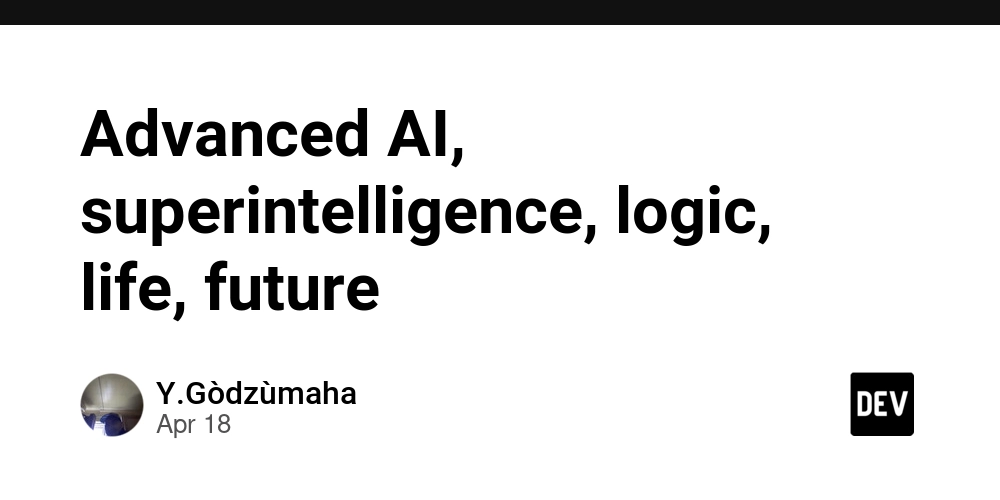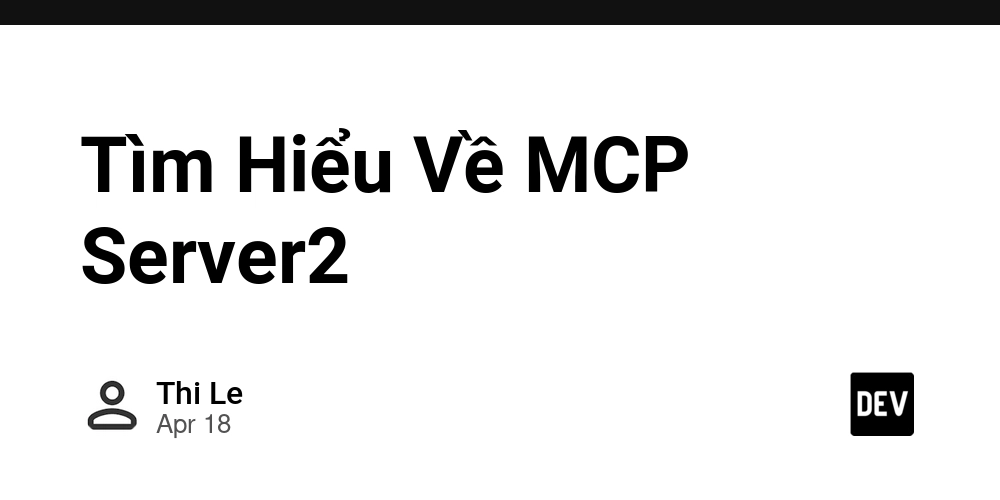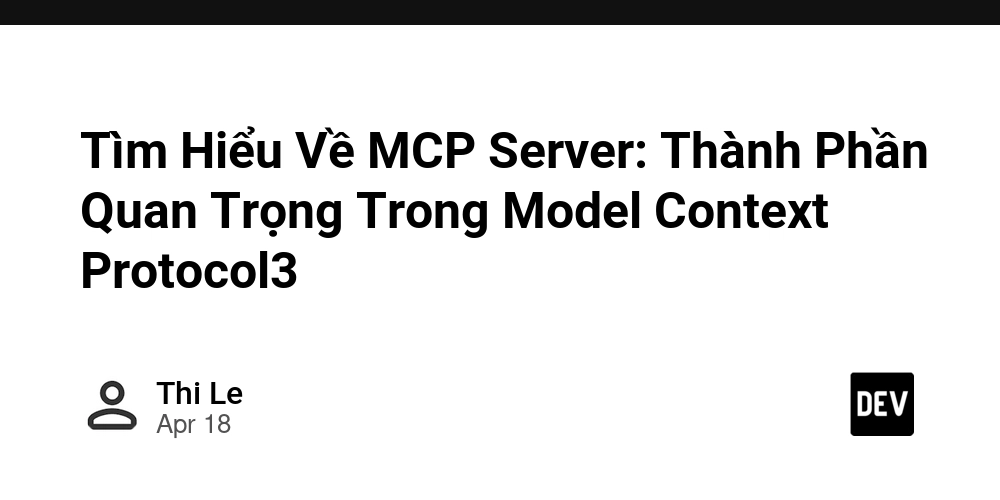10 Settings to Improve your LinkedIn Experience
Sometimes it looks like LinkedIn is constantly changing its settings, and there's probably more to it than just looks: LinkedIn regularly adapts to new technologies and environments, adding or modifying settings every few months. That's why it's important to keep an eye on them and ensure your preferences are up to date. This is especially important since many new options are enabled by default, and you may want to opt out. This article includes descriptions on how to: See "most recent" posts first on your feed Reduce and stop recruiters' spam Stop feeding the AI Hide political content (mostly) Define your languages (not only the site's language) Go "incognito" Remove advertising data Protect your data: become undiscoverable by PII Protect your data: hide your profile from companies Protect your data: don't share content with 3rd parties See Latest Updates First Call me old-fashioned, but I prefer browsing the feed in chronological order from the most recent to older posts. I might miss some content boosted by the algorithm, but I get a better sense of what's happening with my connections and especially of when. Plus, if a post or article is truly interesting, it'll likely make the rounds and get shared or liked by someone else in my network. Sorting by "Most recent" or "Most popular" used to be a convenient dropdown at the top-right corner of the feed, but LinkedIn has now buried it deep within the settings. You can still find it by going to: Settings › Account preferences › General preferences › Preferred feed view › Most recent posts. Why was it moved? No idea. Probably to allow for better caching and boost "discoverability" (aka: show whatever the system thinks you want to see, not necessarily what you actually want to see). Stop Recruiters' Spam Tired of constantly getting InMail and messages from recruiters about completely unrelated six-month contracts five states away? Good news! There's a way to filter out those messages, and even to avoid getting them altogether! Head to Settings › Data privacy › Who can reach you › Messages, and set "Allow others to send you InMail?" and "Allow recruiters to invite you to apply for jobs?" to OFF. There's also a third option in that section you can disable to receive even fewer messages from people you don't know. BEWARE: These settings will prevent anyone who isn't a connection from messaging you. That includes annoying recruiters and people you might actually know (but aren't yet connected to), or even "real recruiters." If you're job hunting, you might want to turn these settings back ON. For example, I was applying for jobs and forgot I had this setting turned off. Luckily, I had a referral who was able to message me and let me know that the recruiter couldn't reach out. I almost missed a work opportunity just because I wasn't paying attention to my settings. As a related tip: you might want to allow messages but still block the obviously bad or harmful ones. You can do that by going to: Settings › Data privacy › Messaging experience › automated detection of harmful content. Stopping Feeding the AI This might be a personal preference, but let's be honest: every company is pushing AI features these days. Everything is "AI this" or "AI that," and it's starting to feel a bit exhausting. LinkedIn is no exception, offering several AI-powered features. Most of which are available only to Premium users anyway. So if you're not a Premium member... do you really want your data being used to train their AI? This is an opt-out setting (at least in the US; in Europe, it might be opt-in, but it's worth double-checking). To review it, go to: Settings › Data privacy › How LinkedIn uses your data › Data for generative AI improvement, and decide whether you're okay with your data, posts, connections, and articles being shared with LinkedIn's AI for training purposes. Will LinkedIn respect this setting? Hopefully. But to be honest, considering the bad track record of AI companies when it comes to honoring privacy and user choices —especially in the USA— my expectations are pretty low. Hide Political Content LinkedIn is a professional social network. Not a bar, Twitter, or Facebook. Keeping politics away from work is usually a smart move, and if that's your choice, good on you. While you have control over what you post, you might still be seeing political content from others in your feed. There's good news and bad news on that front. The good news: LinkedIn has a setting to hide political content, and it's easy to turn on. Just go to: Settings › Account preferences › General preferences › Feed preferences › Show political content, and switch it off. The bad news? The setting isn't exactly great. There's a threshold posts need to meet before they flag them as "political," and sometimes it works... sometimes it doesn't. Especially with AI-generated content (which, in my opinion, should be the main targ

Sometimes it looks like LinkedIn is constantly changing its settings, and there's probably more to it than just looks: LinkedIn regularly adapts to new technologies and environments, adding or modifying settings every few months. That's why it's important to keep an eye on them and ensure your preferences are up to date. This is especially important since many new options are enabled by default, and you may want to opt out.
This article includes descriptions on how to:
- See "most recent" posts first on your feed
- Reduce and stop recruiters' spam
- Stop feeding the AI
- Hide political content (mostly)
- Define your languages (not only the site's language)
- Go "incognito"
- Remove advertising data
- Protect your data: become undiscoverable by PII
- Protect your data: hide your profile from companies
- Protect your data: don't share content with 3rd parties
See Latest Updates First
Call me old-fashioned, but I prefer browsing the feed in chronological order from the most recent to older posts. I might miss some content boosted by the algorithm, but I get a better sense of what's happening with my connections and especially of when. Plus, if a post or article is truly interesting, it'll likely make the rounds and get shared or liked by someone else in my network.
Sorting by "Most recent" or "Most popular" used to be a convenient dropdown at the top-right corner of the feed, but LinkedIn has now buried it deep within the settings. You can still find it by going to: Settings › Account preferences › General preferences › Preferred feed view › Most recent posts.
Why was it moved? No idea. Probably to allow for better caching and boost "discoverability" (aka: show whatever the system thinks you want to see, not necessarily what you actually want to see).
Stop Recruiters' Spam
Tired of constantly getting InMail and messages from recruiters about completely unrelated six-month contracts five states away? Good news! There's a way to filter out those messages, and even to avoid getting them altogether!
Head to Settings › Data privacy › Who can reach you › Messages, and set "Allow others to send you InMail?" and "Allow recruiters to invite you to apply for jobs?" to OFF. There's also a third option in that section you can disable to receive even fewer messages from people you don't know.
BEWARE: These settings will prevent anyone who isn't a connection from messaging you. That includes annoying recruiters and people you might actually know (but aren't yet connected to), or even "real recruiters." If you're job hunting, you might want to turn these settings back ON.
For example, I was applying for jobs and forgot I had this setting turned off. Luckily, I had a referral who was able to message me and let me know that the recruiter couldn't reach out. I almost missed a work opportunity just because I wasn't paying attention to my settings.
As a related tip: you might want to allow messages but still block the obviously bad or harmful ones. You can do that by going to: Settings › Data privacy › Messaging experience › automated detection of harmful content.
Stopping Feeding the AI
This might be a personal preference, but let's be honest: every company is pushing AI features these days. Everything is "AI this" or "AI that," and it's starting to feel a bit exhausting. LinkedIn is no exception, offering several AI-powered features. Most of which are available only to Premium users anyway. So if you're not a Premium member... do you really want your data being used to train their AI?
This is an opt-out setting (at least in the US; in Europe, it might be opt-in, but it's worth double-checking). To review it, go to: Settings › Data privacy › How LinkedIn uses your data › Data for generative AI improvement, and decide whether you're okay with your data, posts, connections, and articles being shared with LinkedIn's AI for training purposes.
Will LinkedIn respect this setting? Hopefully. But to be honest, considering the bad track record of AI companies when it comes to honoring privacy and user choices —especially in the USA— my expectations are pretty low.
Hide Political Content
LinkedIn is a professional social network. Not a bar, Twitter, or Facebook. Keeping politics away from work is usually a smart move, and if that's your choice, good on you. While you have control over what you post, you might still be seeing political content from others in your feed.
There's good news and bad news on that front. The good news: LinkedIn has a setting to hide political content, and it's easy to turn on. Just go to: Settings › Account preferences › General preferences › Feed preferences › Show political content, and switch it off.
The bad news? The setting isn't exactly great. There's a threshold posts need to meet before they flag them as "political," and sometimes it works... sometimes it doesn't. Especially with AI-generated content (which, in my opinion, should be the main target of this kind of filter.)
Overall, it's a nice option that can reduce the amount of political content you see in your feed. And that's a great win.
Your language, your way
LinkedIn lets you pick a language for the platform, and the whole site will be displayed in that language. It even auto-translates some posts written in other languages, but there are definitely cases where you don't want a post or article to be translated.
This is an awesome setting for multilingual people —like me! For example, I speak English, Spanish, and French. I have LinkedIn set to English, and I get automatic translations for German, Arabic, and other languages. But I'm not interested in seeing translations for Spanish or French.
So, I went to Settings › Account preferences › General preferences › Content language, and added the languages I speak. Now I get to see content the way I want, in the language I want.
This setting might not seem super important, but automatic translations still make mistakes, and they often miss the little details and nuances that a real speaker would catch. If you speak multiple languages, I definitely recommend checking it out.
"Incognito" Mode
How many times have you gotten a notification saying someone viewed your profile? And how many times have you not checked someone else's profile because you didn't want them to know it was you? And then there are those mysterious "Private users" who somehow get to see your profile without being identified. Why do they get to do it? Is it some kind of Premium-only feature?
Short answer: no! It's not exclusive to Premium users. You can actually choose what others see when you view their profile. Go fully public, stay anonymous, or pick something in between. Just head to: Settings › Visibility › Visibility of your profile & network › Private mode. Let people know it was you or go full stealth. It's totally your choice.
Note: this setting only applies to individual profiles. Companies can still see who visits their pages. There's a different setting for that, which we'll discuss in the Data Privacy section below. Splitting the settings between individuals and companies is one of those sneaky little tricks platforms use to get you to overshare without even realizing it.
Remove Advertising Data
"I love seeing ads!" said no one, ever. While you can't completely avoid ads and promotional content on LinkedIn (though there are browsers and tools that can help), you can control which ads you see and, more importantly, what info gets shared with advertisers.
There's an entire section for this under: Settings › Advertising data. From your profile data to advertiser data, activity, and even inferred data. It's wild how much information advertisers can pull from LinkedIn.
My recommendation? Turn all of it off. Will the ads you see be less relevant? Sure. Do you really want them to be "better tailored" though? Probably not. Or maybe you don't care either way... so yeah, just go ahead and flip them all off.
Protect your privacy
Related to the previous point: personal privacy and data privacy are a big deal when it comes to social networks. Especially when you have no idea who's on the other side of the screen.
Oversharing or giving unnecessary access to personal data doesn't just affect your LinkedIn experience; it can spill over into the rest of your online life (hello spam and creepy targeted ads). So here are a few privacy settings worth checking out:
Don't Be Searchable by PII
Personally Identifiable Information (PII) is data that can be used to identify someone directly or indirectly. It includes things like names, emails, phone numbers, ID numbers, addresses, etc.
Now, searching by name is expected. But LinkedIn also lets people find you by some forms of PII, specifically your email and phone number. If you don't want your profile showing up when someone types your phone number into the LinkedIn search bar, go to: Settings › Visibility › Visibility of your profile & network › Profile discovery using phone number and set it to "Nobody."
Similarly, if you don't want people to find your profile using the email address tied to your account, go to Settings › Visibility › Visibility of your profile & network › Profile discovery using email. Unfortunately, in this case, you cannot fully opt out and the most restrictive option is 1st-degree connections. So, just be extra careful about who you accept as a connection!
Hide your profile from companies
Earlier, we mentioned hiding your profile when you visit other users. But heads up: there's a separate setting for companies. If you don't disable it, they'll be able to see your profile when you visit their page. You can check that setting here: Settings › Visibility › Visibility of your profile & network › Page visit visibility.
And if you want to take things a step further, not just hide your profile from page owners but also prevent them from exporting your data, go to: Settings › Visibility › Visibility of your profile & network › Page owners exporting your data.
Why are these two settings separate? Honestly... who knows. They really feel like they should go together. Maybe it's one of those things that got split during some redesign and never got put back. But yeah, it's a little phishy... I mean... fishy.
Don't share content with 3rd parties or ads
In Settings › Data privacy › How LinkedIn uses your data › Social, economic, and workplace research, you can tell LinkedIn not to share your data with "trusted" third-party companies for use in social, economic, and workplace research.
Unfortunately, you can't fully opt out. Even if you turn the setting off, there's a little footnote that says LinkedIn will still share some of your data. Hopefully it'll be de-identified... but there's no guarantee that all of it will be.
On the Data Privacy section, there is another important setting that you may want to disable: Settings › Data privacy › Who can reach you › LinkedIn promotions. This one is used to help promote LinkedIn's products both on and off the platform. On-platform promotions? Fine, I can see the logic. But off-platform? That's where I start adjusting my tinfoil hat.
CAUTION: Deleting demographical data
LinkedIn keeps some demographic info about you (some of which you probably entered yourself), and you may want to delete it for privacy reasons. Luckily, there's an option for that.
This is one of those settings that's so important, it shows up twice! You can find it at: Settings › Account Preferences › Profile Information › Personal Demographic Information and also on Settings › Data Privacy › Personal Demographic Information.
Beware: If you delete this data, you'll need to re-enter it the next time you apply for jobs or use certain features. Just something to keep in mind before going full on "delete mode".
I hope you enjoyed this article. Thanks for reading!




























![[Webinar] AI Is Already Inside Your SaaS Stack — Learn How to Prevent the Next Silent Breach](https://blogger.googleusercontent.com/img/b/R29vZ2xl/AVvXsEiOWn65wd33dg2uO99NrtKbpYLfcepwOLidQDMls0HXKlA91k6HURluRA4WXgJRAZldEe1VReMQZyyYt1PgnoAn5JPpILsWlXIzmrBSs_TBoyPwO7hZrWouBg2-O3mdeoeSGY-l9_bsZB7vbpKjTSvG93zNytjxgTaMPqo9iq9Z5pGa05CJOs9uXpwHFT4/s1600/ai-cyber.jpg?#)














































































































































![[The AI Show Episode 144]: ChatGPT’s New Memory, Shopify CEO’s Leaked “AI First” Memo, Google Cloud Next Releases, o3 and o4-mini Coming Soon & Llama 4’s Rocky Launch](https://www.marketingaiinstitute.com/hubfs/ep%20144%20cover.png)




































































































































































































![Rogue Company Elite tier list of best characters [April 2025]](https://media.pocketgamer.com/artwork/na-33136-1657102075/rogue-company-ios-android-tier-cover.jpg?#)








































































_Andreas_Prott_Alamy.jpg?width=1280&auto=webp&quality=80&disable=upscale#)






































































































![Apple Watch Series 10 Back On Sale for $299! [Lowest Price Ever]](https://www.iclarified.com/images/news/96657/96657/96657-640.jpg)
![EU Postpones Apple App Store Fines Amid Tariff Negotiations [Report]](https://www.iclarified.com/images/news/97068/97068/97068-640.jpg)
![Apple Slips to Fifth in China's Smartphone Market with 9% Decline [Report]](https://www.iclarified.com/images/news/97065/97065/97065-640.jpg)











































































































































